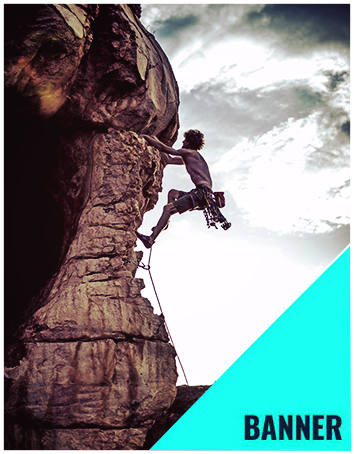Get A Quote
Twitter Feeds
- Rescue - #Gutenberg ready @ wordpress Theme for Creative Bloggers available on @ Slidesigma https://t.co/2r1POjOjgVC… https://t.co/rDAnPyClu1 November 25, 2025
- Rescue - #Gutenberg ready @ wordpress Theme for Creative Bloggers available on @ Slidesigma https://t.co/2r1POjOjgVC… https://t.co/rDAnPyClu1 November 25, 2025
Instagram Feeds
Contact Us
- 305 Royal Track Suite 019, USA
- +10910-910920
- example@example.com











